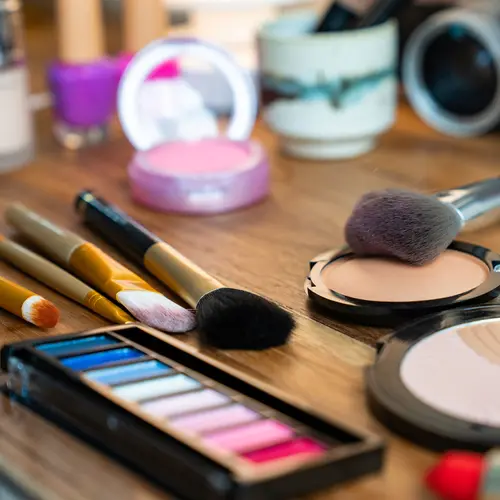It’s important to trim your nails regularly. Nail trimming together with manicures makes your nails look well-groomed, neat, and tidy. If your nails aren’t cut and allowed to grow, dirt and germs can get under them, causing infections. If your nails are long, you're more likely to bite or pick at them, which can also cause infections.
Here’s what you should know about cutting your nails.
How to Trim Your Nails
Nail-cutting can seem like a simple process. But you have to follow certain steps to make sure the way you cut is healthy for the nails:
Prepare the nails for cutting. Nail trimming should be done after softening your nails. The best time to cut your nails is right after having a shower or bath. You can also soak your nails in warm water for a few minutes to soften them before cutting.
Gather your tools. Use nail clippers or nail scissors for nail trimming. There are different types of nail clippers for fingernails and toenails. Use regular nail clippers or nail scissors for your fingernails and toe clippers for your toes. You can also use a spring-handled tool called a toenail nipper if you think your toenails are too thick to be cut by regular toe clippers.
Make sure you disinfect the clippers or scissors before using them on your nails. To clean the tools well, first soak a small scrub brush in a bowl containing 70% to 90% isopropyl alcohol. Then use the same brush to clean the clippers or scissors. Rinse everything in hot water and allow them to dry before using them.
Cut nails straight across. Avoid cutting your nails into a "V" shape or rounding off the edges. Cut the nails straight across so they're long enough to have the corners of the nail left intact at the sides. This cutting technique can help prevent ingrown toenails. When you have ingrown toenails, a part of your nail at the corner grows into the skin, causing pain and sometimes infection.
Even out rough edges. After you cut your nails, you can sometimes find that the edges are a bit rough or uneven. Use a nail file or emery board to file the nails so they get evened out. When you file a nail, you’re rubbing the nail file against the nail edge to grind down bumpy edges. File in one direction only instead of going back and forth to avoid damaging or weakening your nails.
Spare the cuticles. The cuticle is the place where your nail meets the skin. It helps to protect a new nail as it grows out from the root under the bottom of the cuticle. If you cut into the cuticles, bacteria and germs can enter your body, causing infection. If you get an infection because the cuticles were damaged, the infection can take a longer time to clear up. Leave the cuticles alone when you’re cutting your nails.
Use a moisturizer. Once you’re done with nail trimming and filing, apply a moisturizer. Using a moisturizer can help to keep your nails flexible. Nails can become easily breakable if they become too dry. Dry nails can also split more easily. Remember to apply moisturizer on the cuticles as well as the nails.
More Tips
- If you’re unsure how to use nail clippers or even how to trim your nails, you can have your nails cut by a professional at a salon. Remember to go to salons that are strict about maintaining hygiene, especially with the tools that are being used.
- It’s best to take your own nail clippers, scissors, and other tools to the salon. It can help you avoid the risk of infections caused by bacteria and germs left over in the tools after use by other customers.
- Nails can tell a doctor a lot about the state of your health. If you notice any changes in the color, texture, or shape of your nails, remember to check with your doctor. Sometimes the changes can be harmless. Other times, the changes can indicate a health condition like skin problems, anemia, or lung disease, for example.
Healthy nails are smooth without hollowed portions on the surface called pits or long, narrow cuts called grooves. The color is uniform throughout the nail. Typically, healthy nails are free from spots or discoloration.


